Saturday, August 25th 2018 saw us visiting London to see the Challenge Cup Final at Wembley but as we’re people who like to take in a bit of history or culture whenever we travel for other reasons we took advantage of a 2-for-1 ticket offer because we were travelling by train in order to take a quick look around the Thames-moored museum ship of HMS Belfast. As we were arriving in London at Waterloo this was a simple 2-stop tube journey and a short walk from the London Bridge underground station to the riverside and the ticket office for the historic naval vessel.
HMS Belfast was the penultimate Town-class light cruiser built for the British navy and one of two Edinburgh-class subclass vessels. Launched in March 1938 she saw action in World War II (after a few years of extensive repairs following damage from a mine late in 1939) in numerous Arctic battles and convoys and played a role in the D-Day landings at Normandy. In the early 1950s HMS Belfast was attached to the US Navy briefly to assist in the Korean War but was then detached in order to perform naval operations in an independent manner. In the 1960s the ship was decommissioned and put into reserve, and for some time was moored not far from us in Portsmouth at Fareham creek awaiting the order to be scrapped. It was at this time that the Imperial War Museum floated the possibility of preserving the ship in its entirety and she was eventually handed over to a trust, towed to London, fitted out as a museum, and opened to the public in 1971.
As you first board HMS Belfast your tickets are checked and you’re handed a map of the ship and given the opportunity to take a free audioguide around with you. With our limited time aboard owing to our upcoming sporting engagement we knew we wouldn’t really be able to fully appreciate the extended information at each of the audio points on the ship so just made do with the map. As you can see there are nine levels to the ship and in our time aboard we managed to get from the highest point to the lowest clambering up and down the ladders.
It should be noted that when you’re on HMS Belfast the ladders that take you up and down the decks are very steep and often narrow (warships don’t really have the luxury to accommodate the space for easier steps as you can probably appreciate). Almost all the routes up and down are one-way to prevent people trying to come up when others are coming down and you can see this on the yellow arrows on the map. Because of the steepness of the steps you descend much as you ascend with your back away from the rungs. You can expect to bang your shins or knees or head at some point because we did and we overheard two other people exclaim loudly variations of “Agh! Not again!” It’s all part of the experience.
The boiler and engine rooms on the lower levels are particularly interesting to explore. While they’re jam-packed with pipes, gauges, levers, railings, more pipes, dials, buttons, wheels, and even more pipes it never really felt claustrophobic there (at least, not for us, but it’s worth considering if it’s something that bothers you). Probably the most unnerving point of visiting this area of the museum ship was coming across the sign that indicated we were 4.5 metres below the waterline. The other signs that generated a smidge of concern were the frequent warnings about asbestos. From an aesthetic point of view the almost steampunk impression due to the volume of brass pipes and analogue dials was beautiful to see.
On the main deck are the gun turrets and it’s here you’ll find most people trying to take selfies. Additionally, you’ll get some lovely views across the River Thames to various London landmarks such as Tower Bridge and the Tower of London. Climbing up the remainder of the levels allows you to visit the Admiral’s Bridge, Gun Direction Platform, Operations Room, Compass Platform, and Admiral’s and Captain’s Sea Cabins.
We knew that our visit to HMS Belfast would be fleeting but assumed we’d see enough in the hour to satisfy us. I’m not sure that it did. I’d have liked to have spent at least double the amount of time we were there in order to fully listen to an audioguide on the way around and to take a little more time examining some of the machinery and taking more photographs. If you or any member of your family has an interest in wartime history or ships or just want to see a museum that’s slightly different from the norm then HMS Belfast is a fabulous way to spend anywhere up to half a day. There’s even a café onboard which would help to break up or reward any trip around the ship. As fans of modern cruising we particularly liked comparing small elements of the naval ship with modern liners such as the “promenade deck” area, the cabins, and the galley. HMS Belfast is well worth a visit.
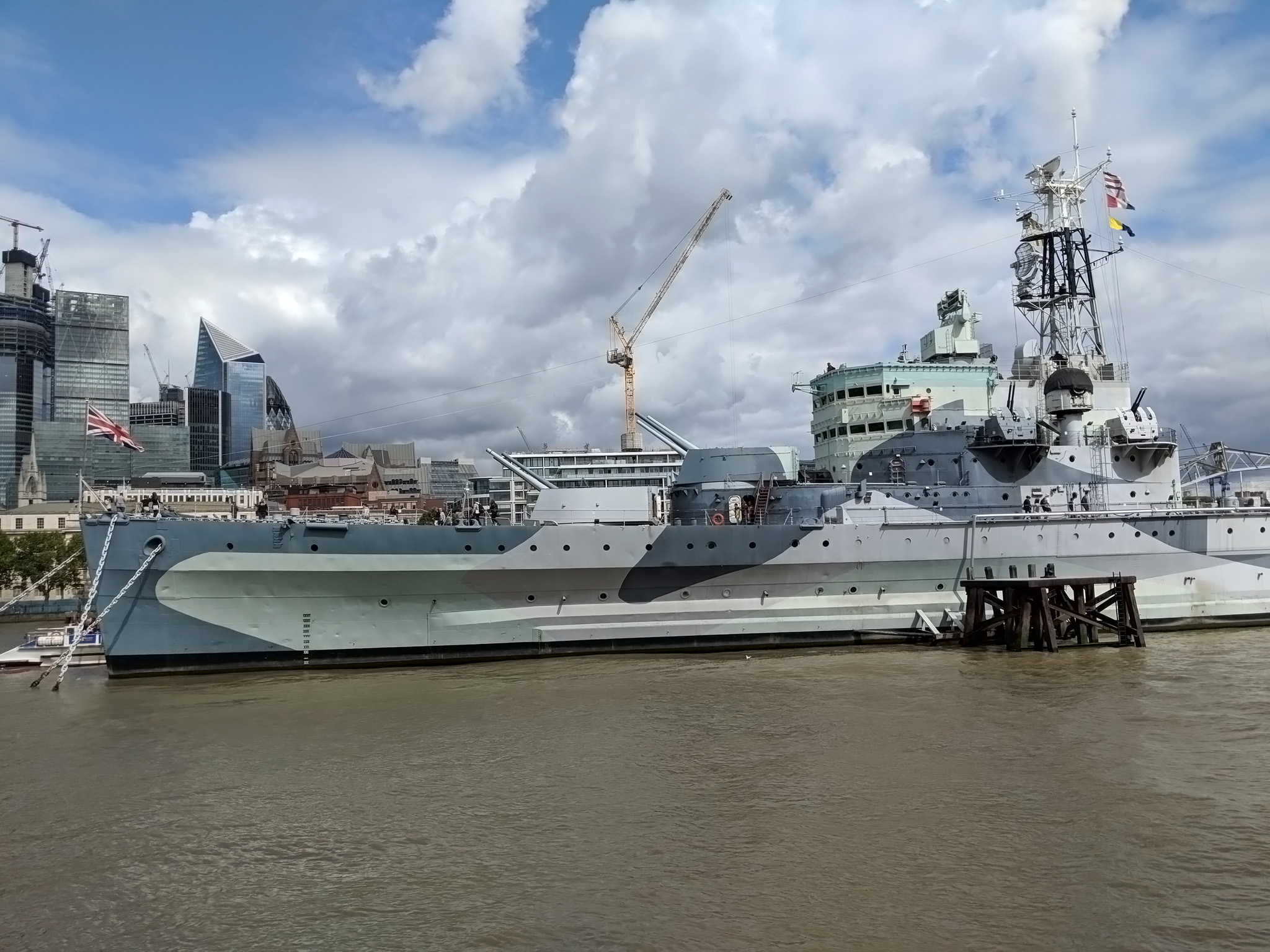


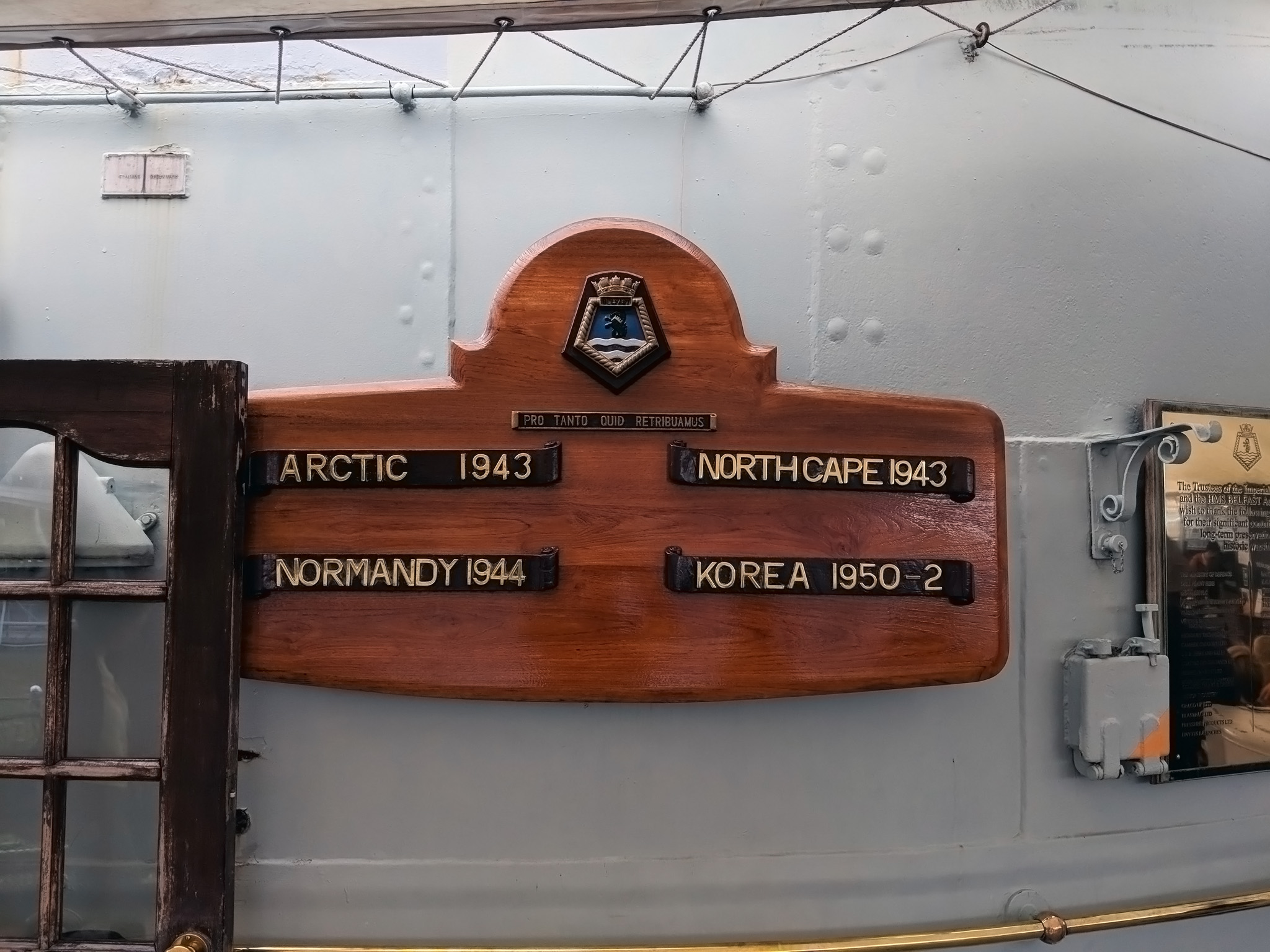
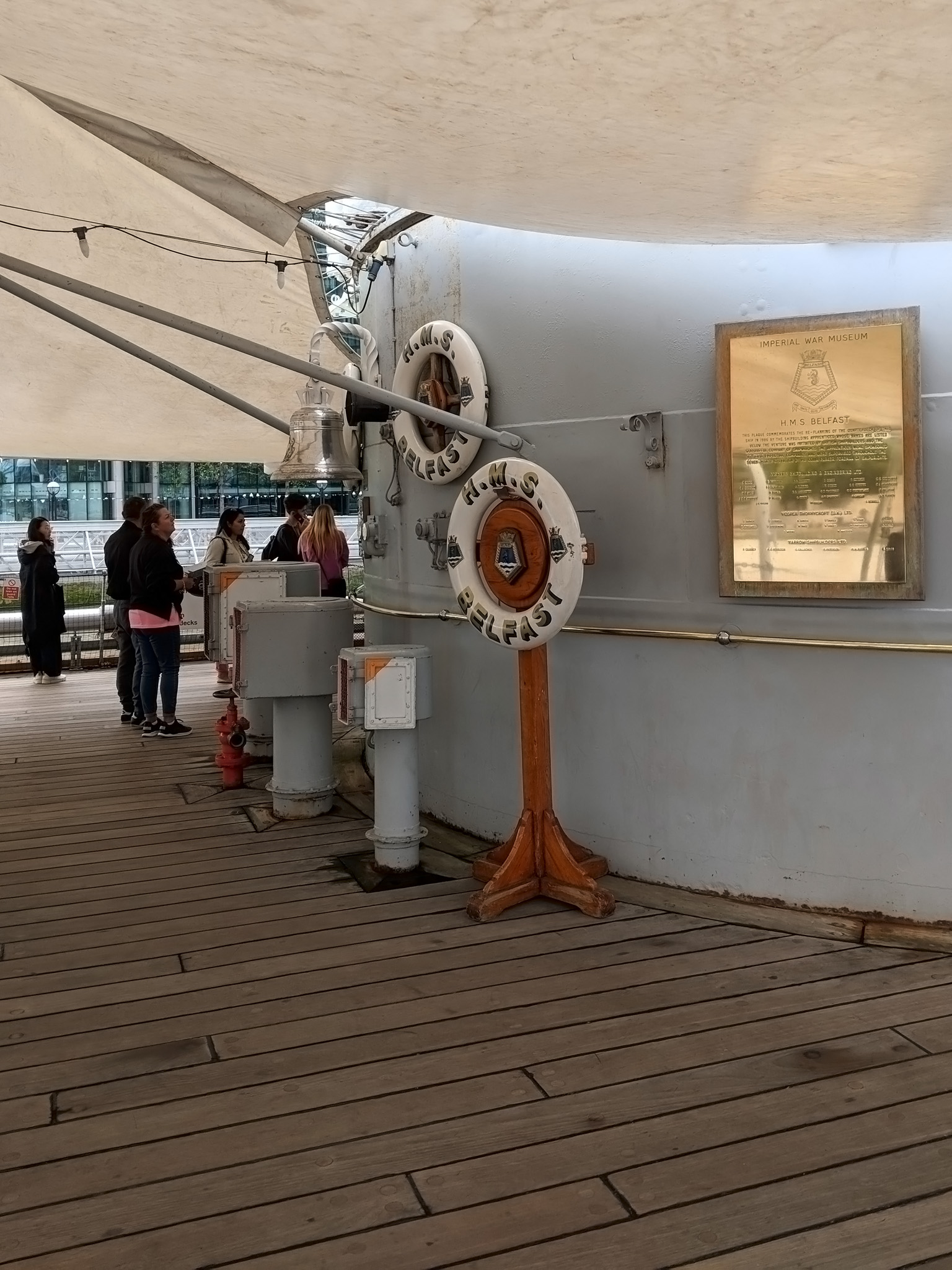
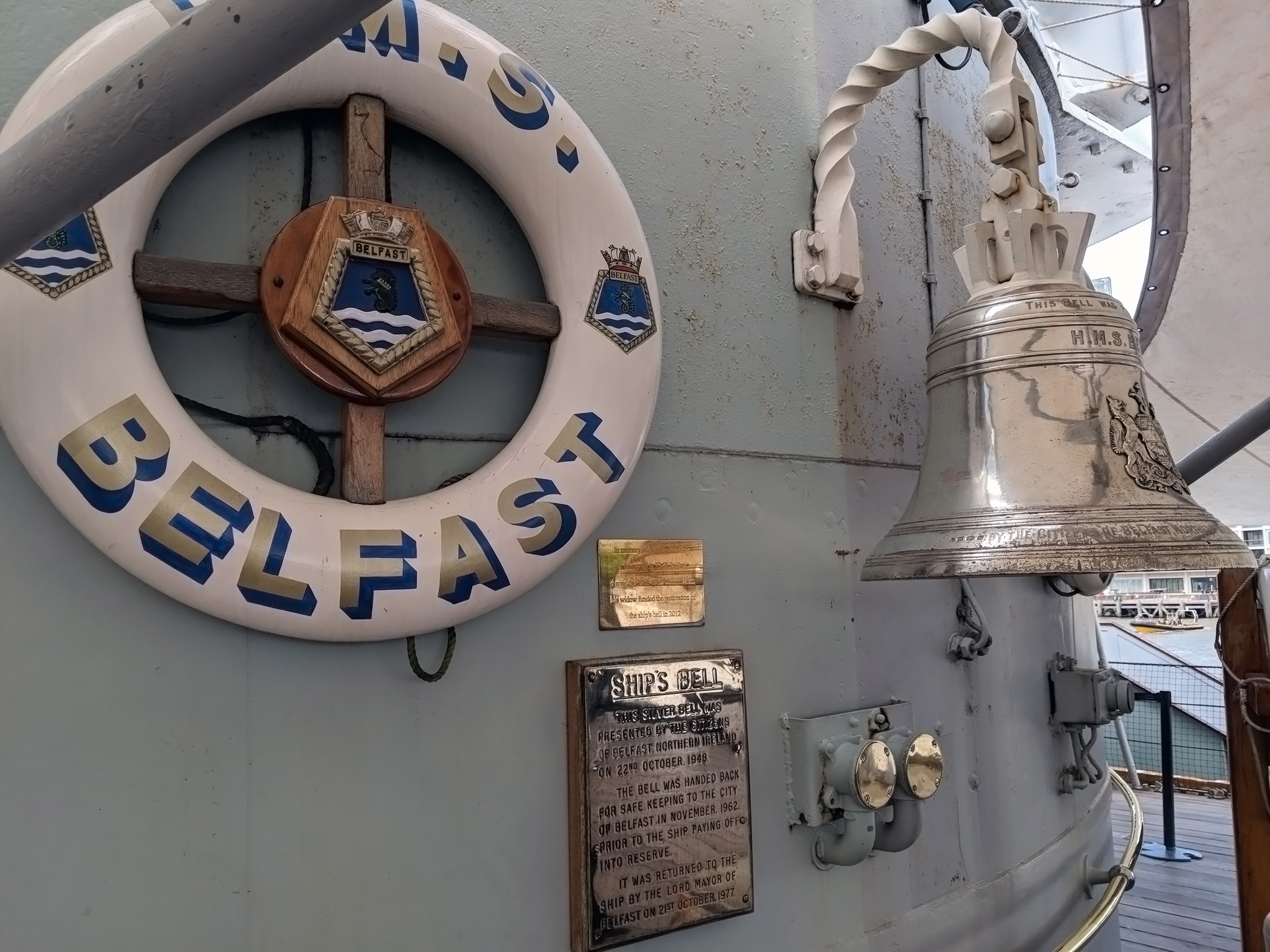

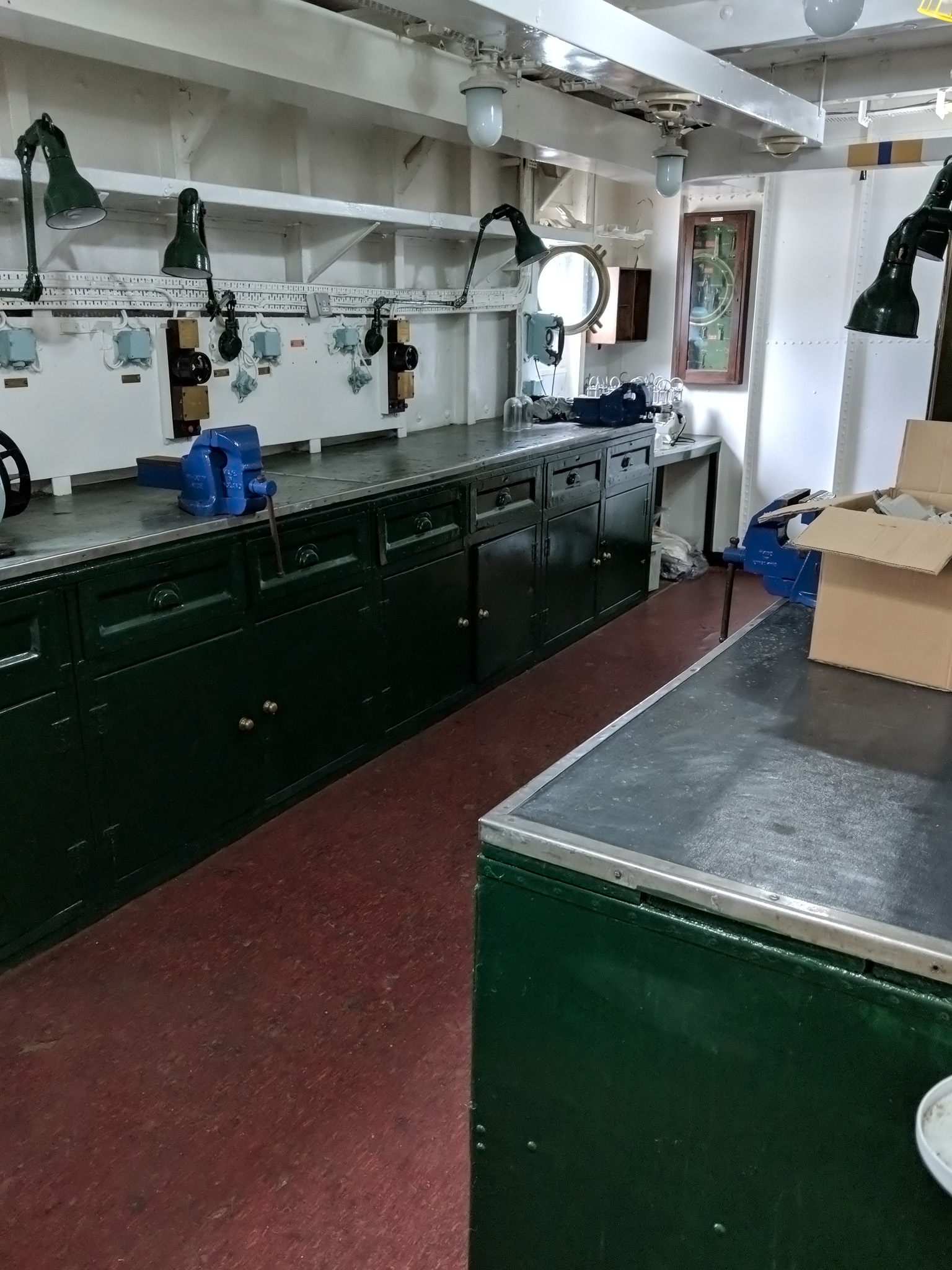
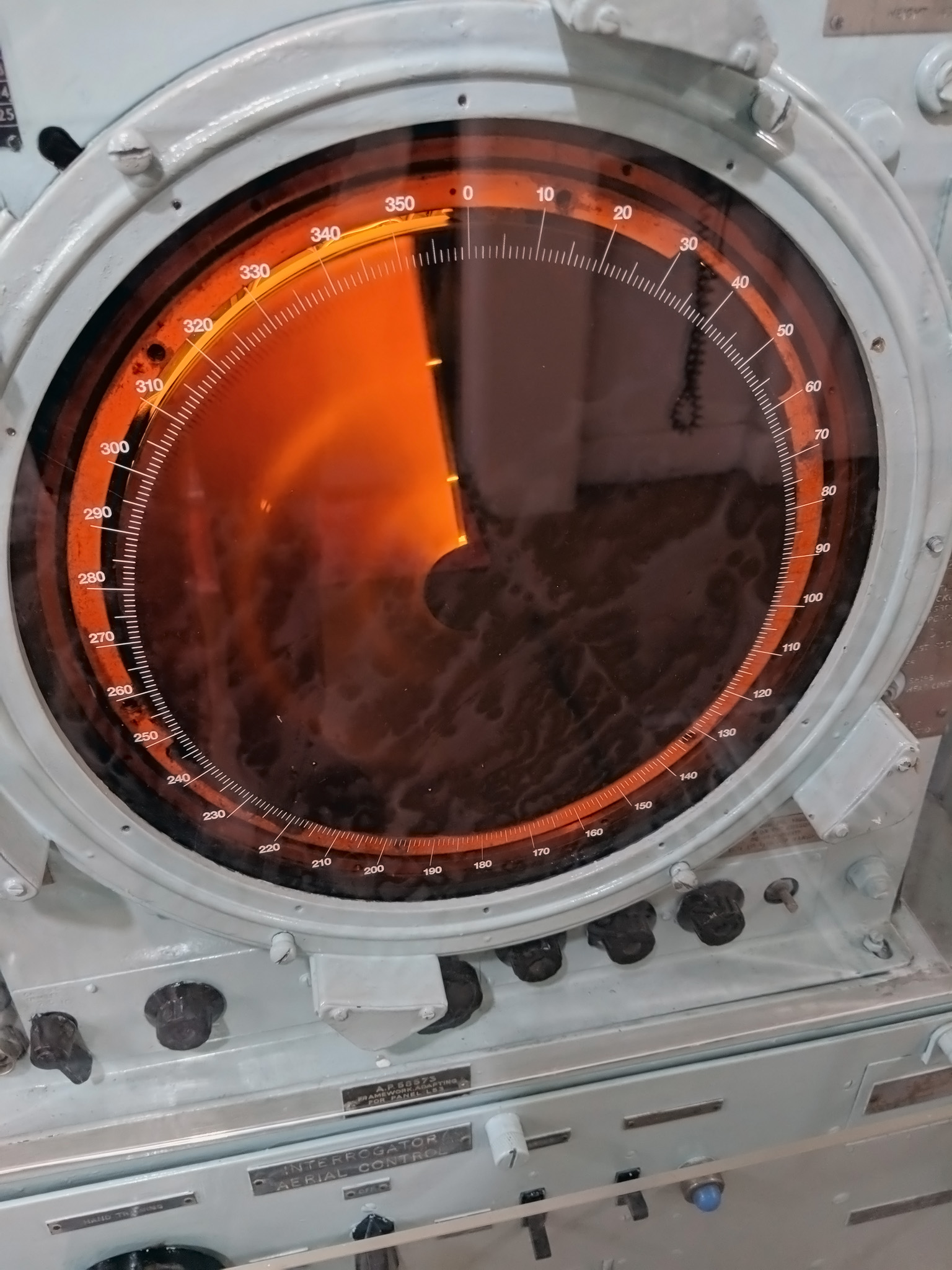
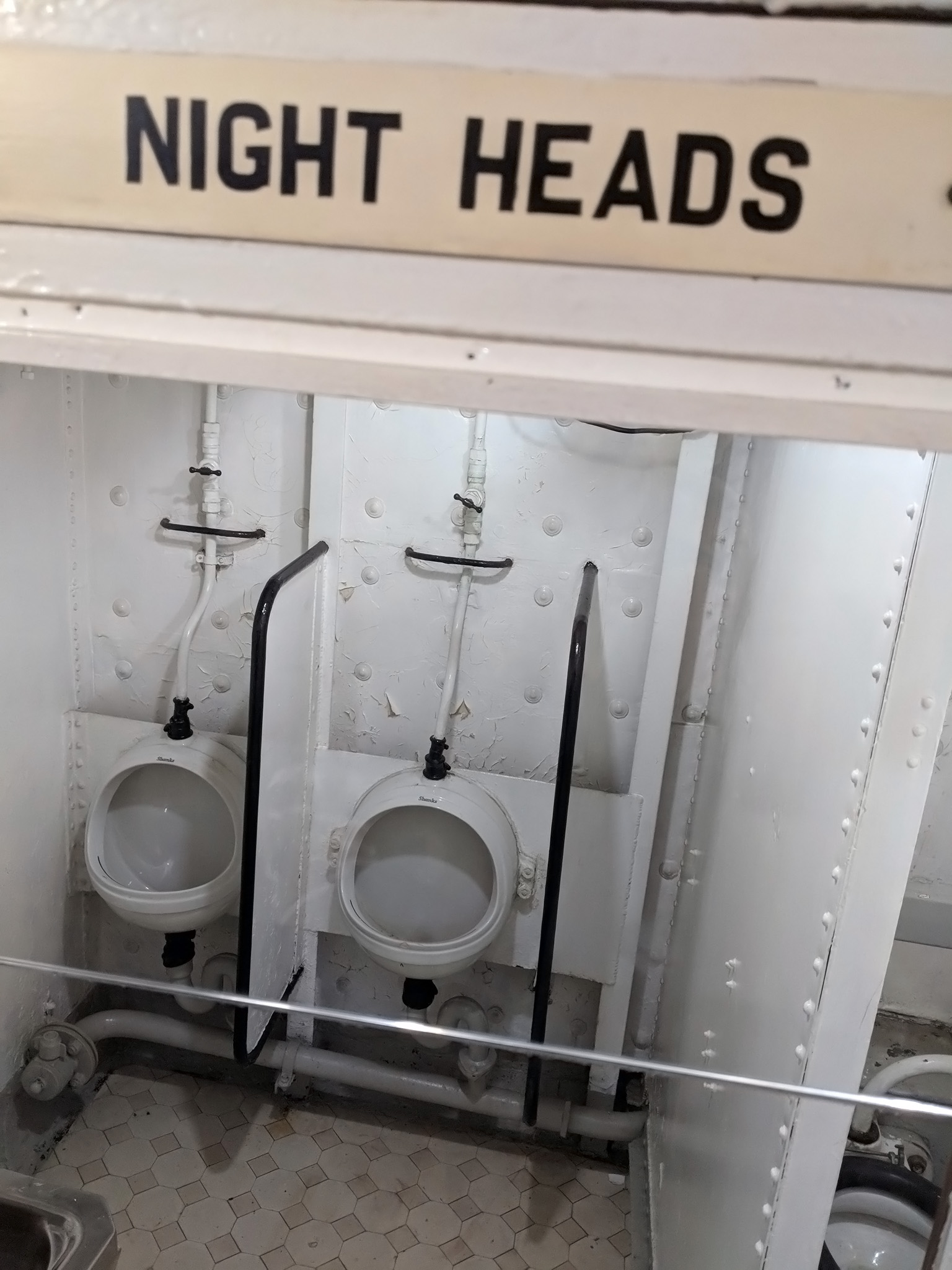
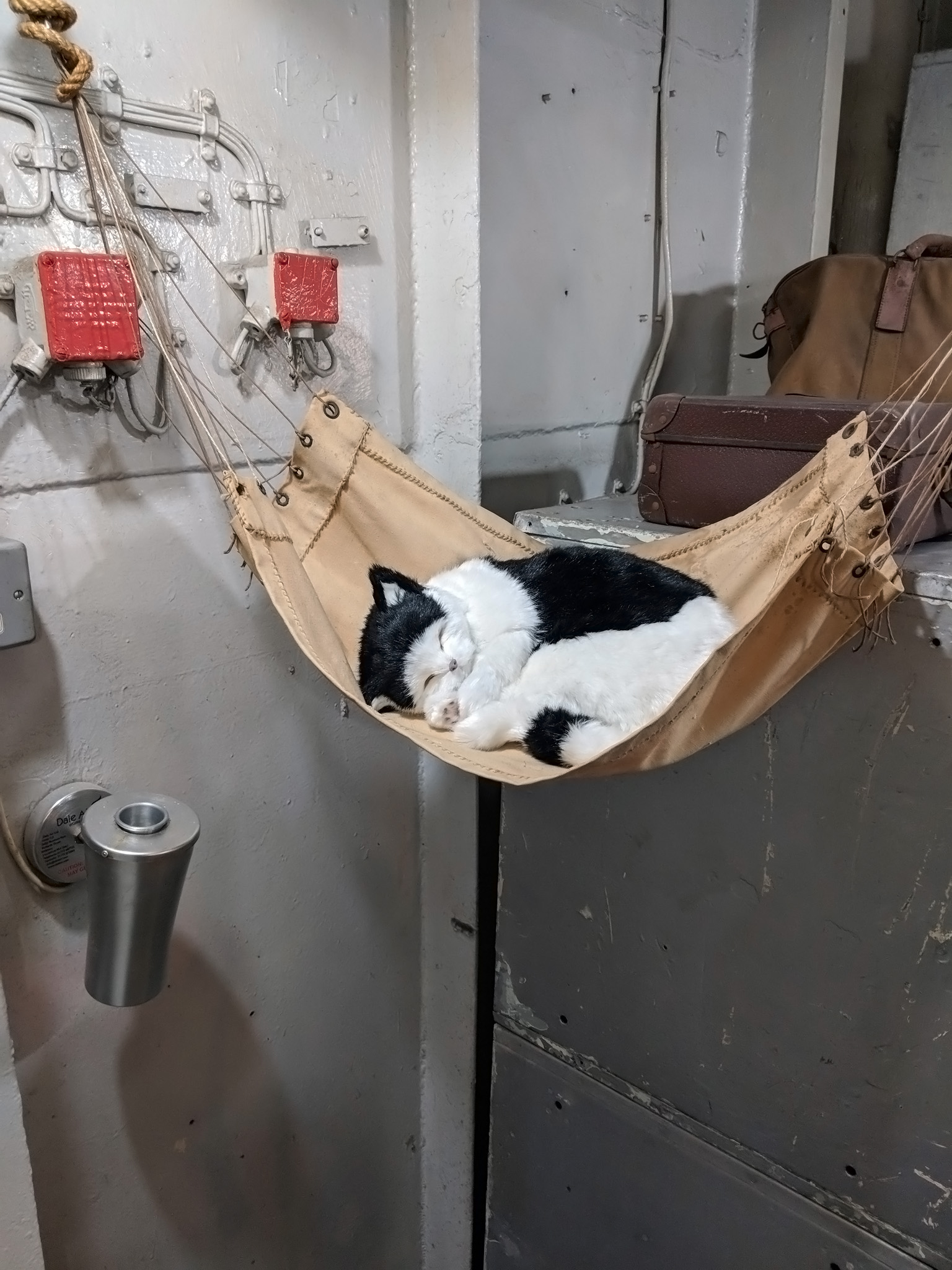
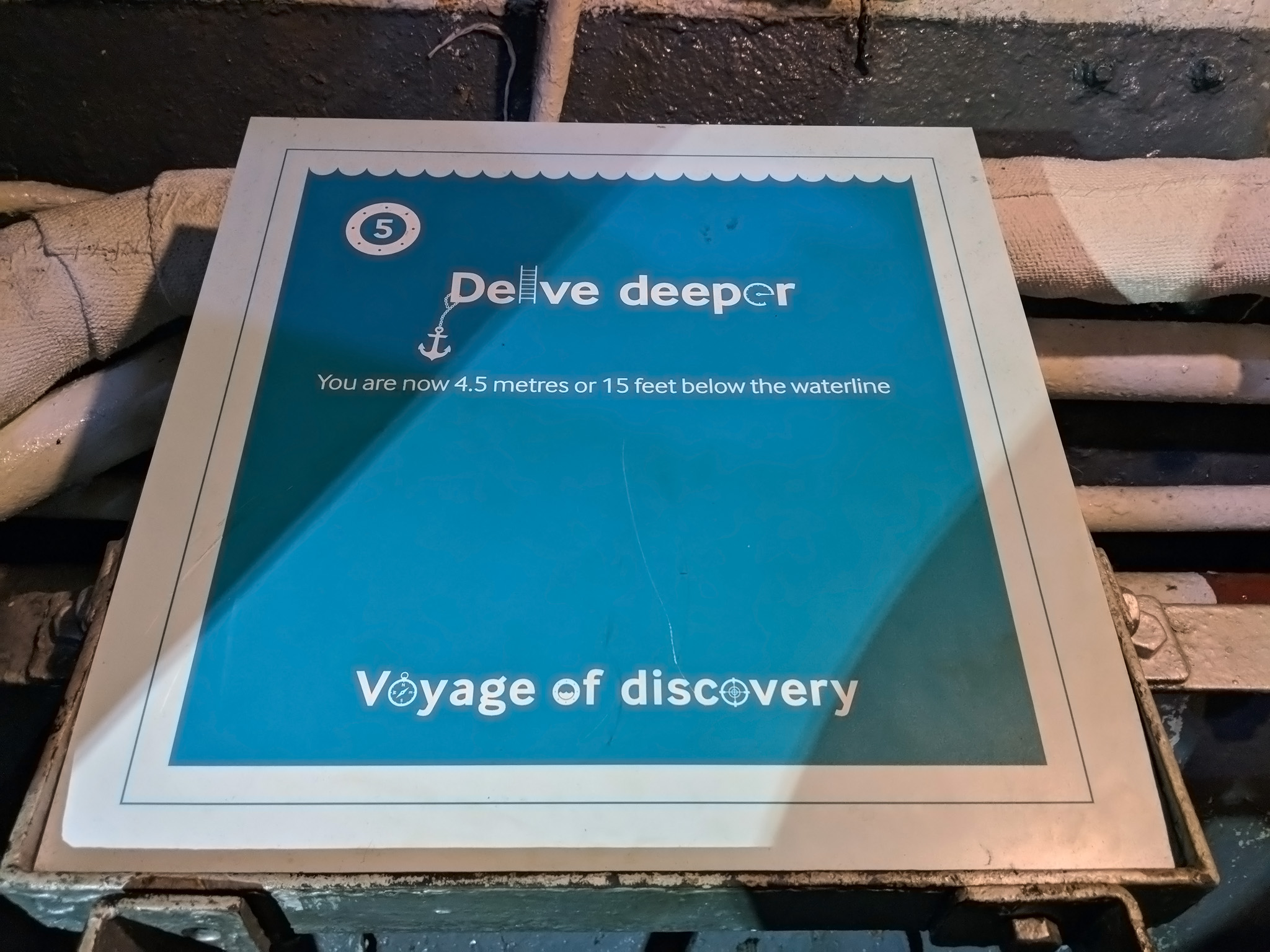

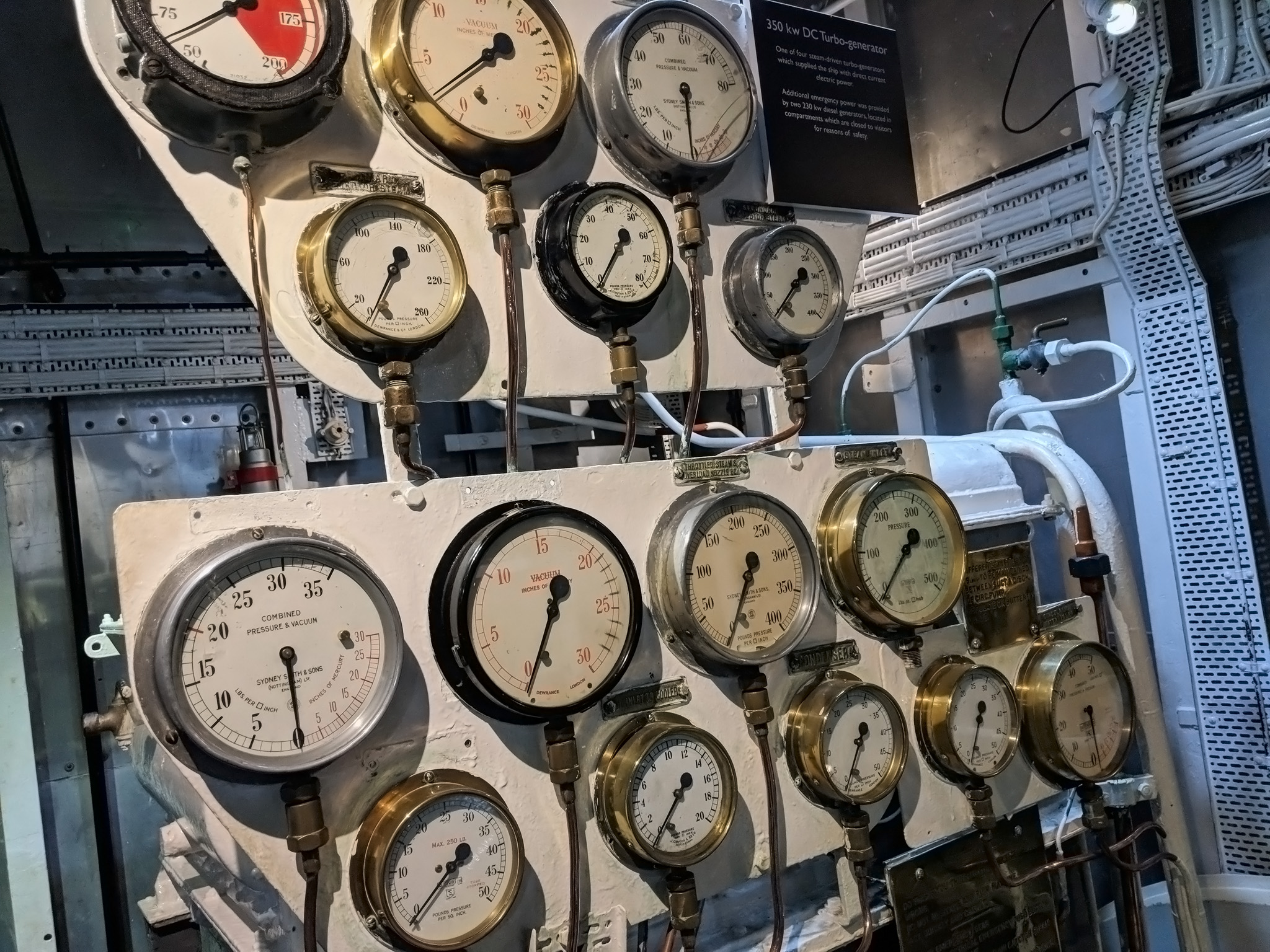
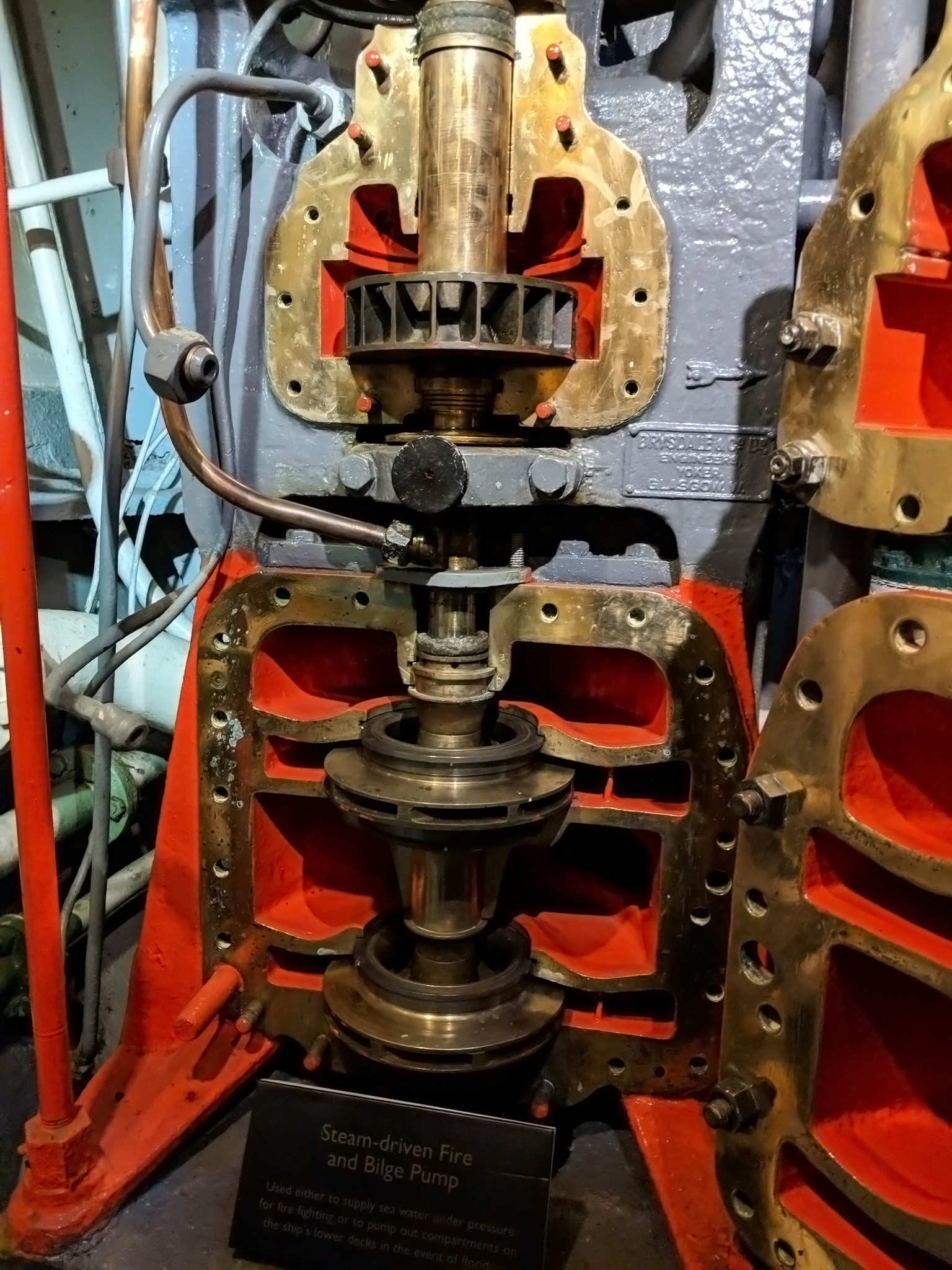
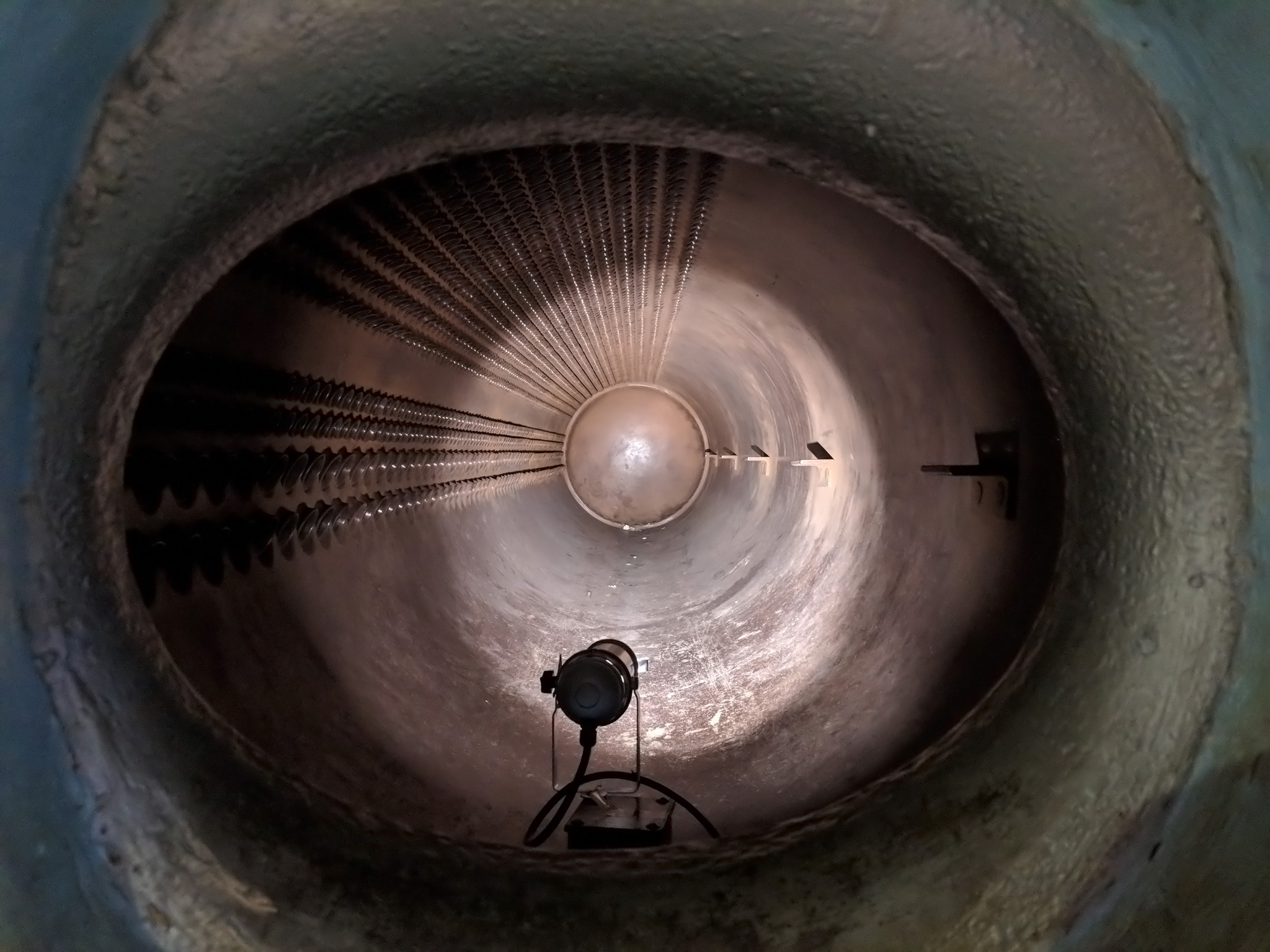
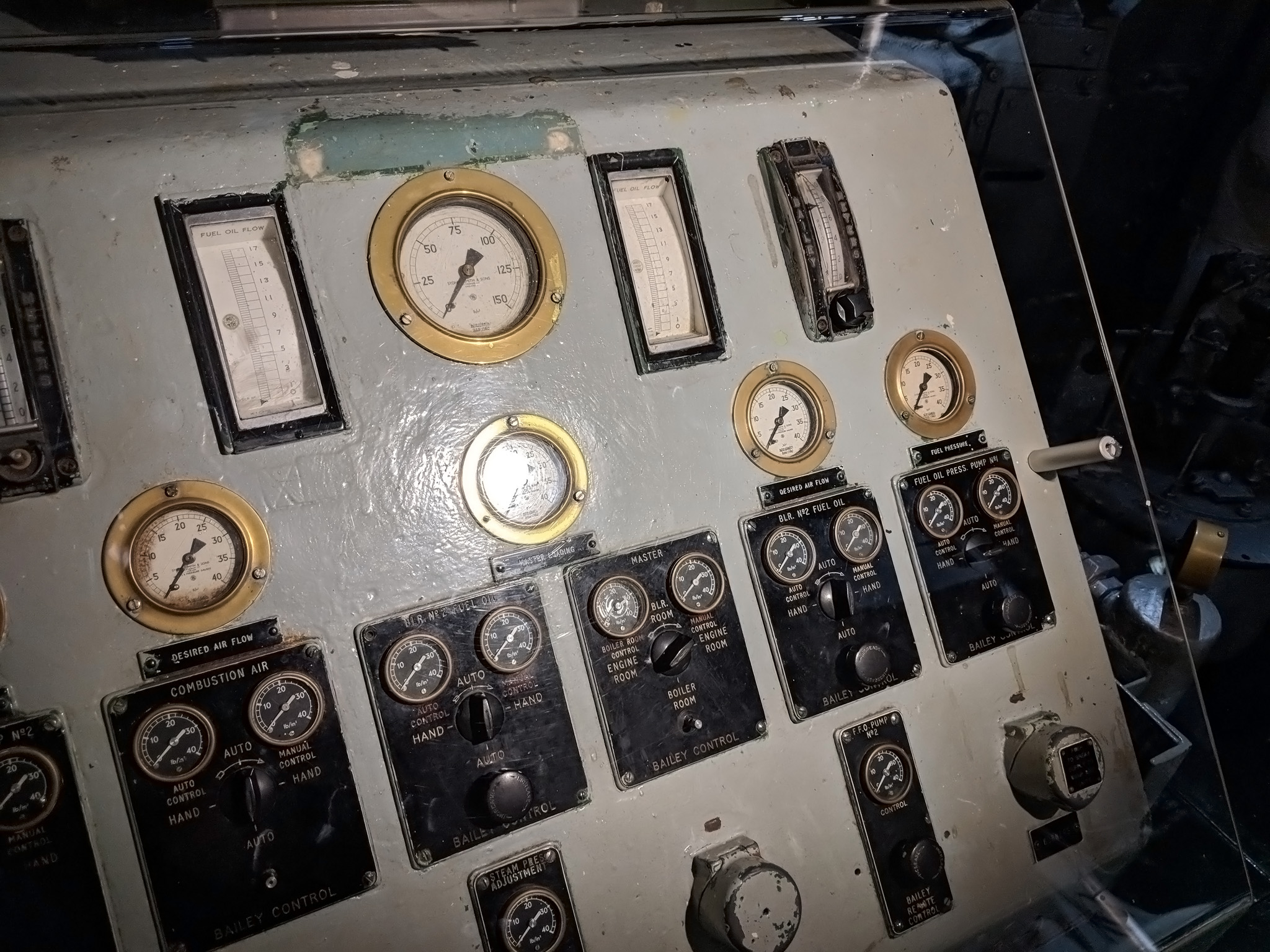
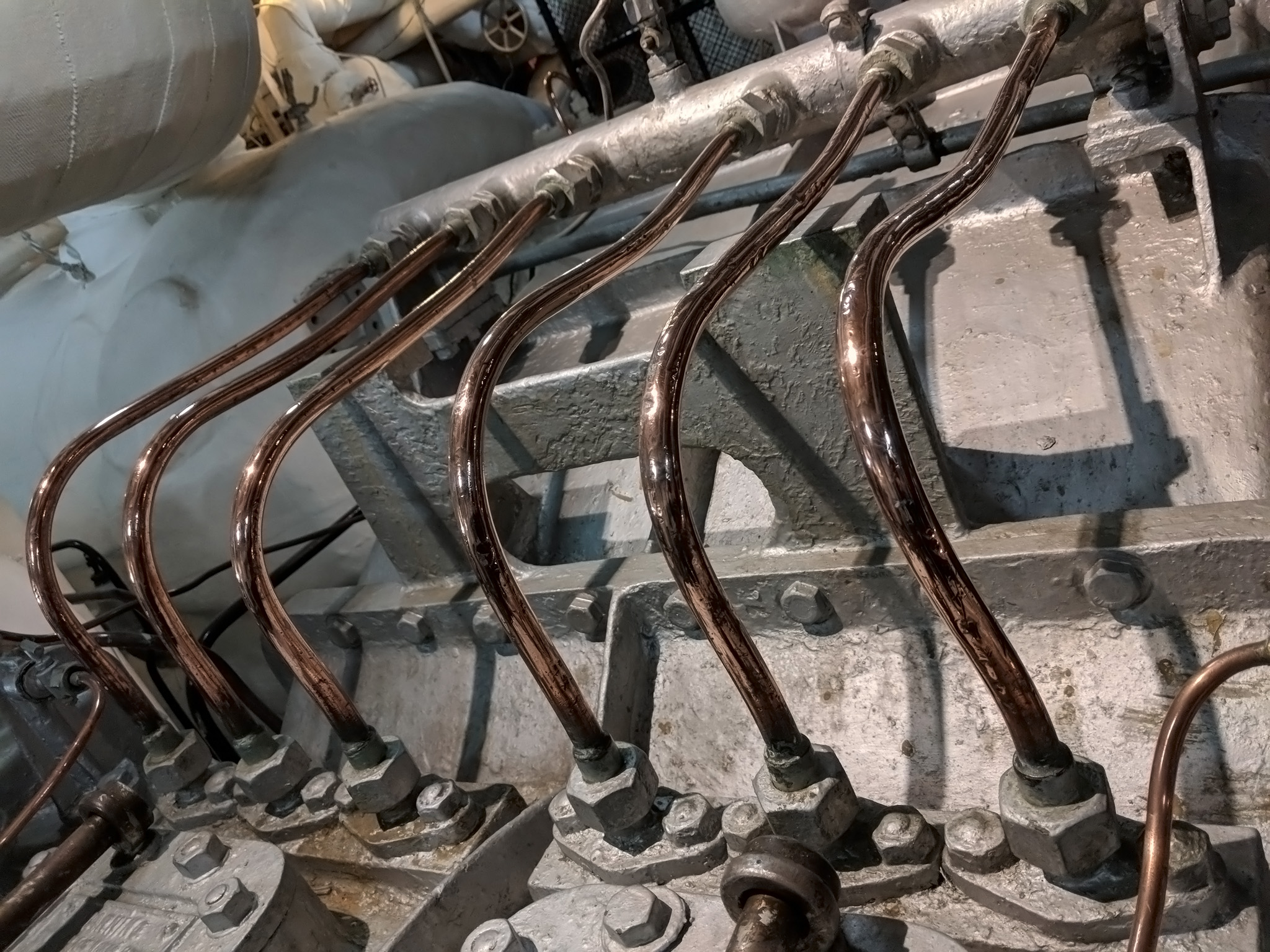
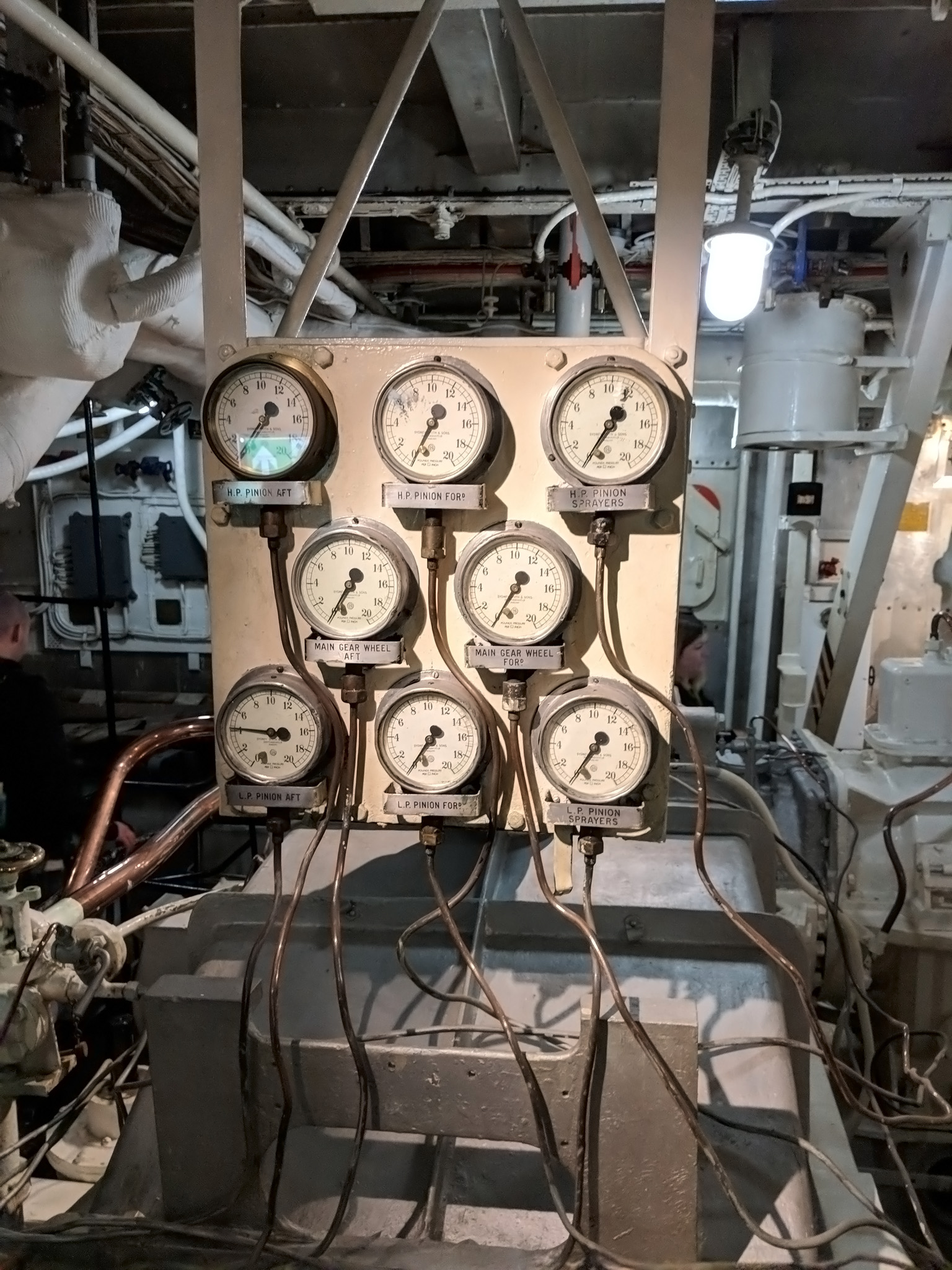

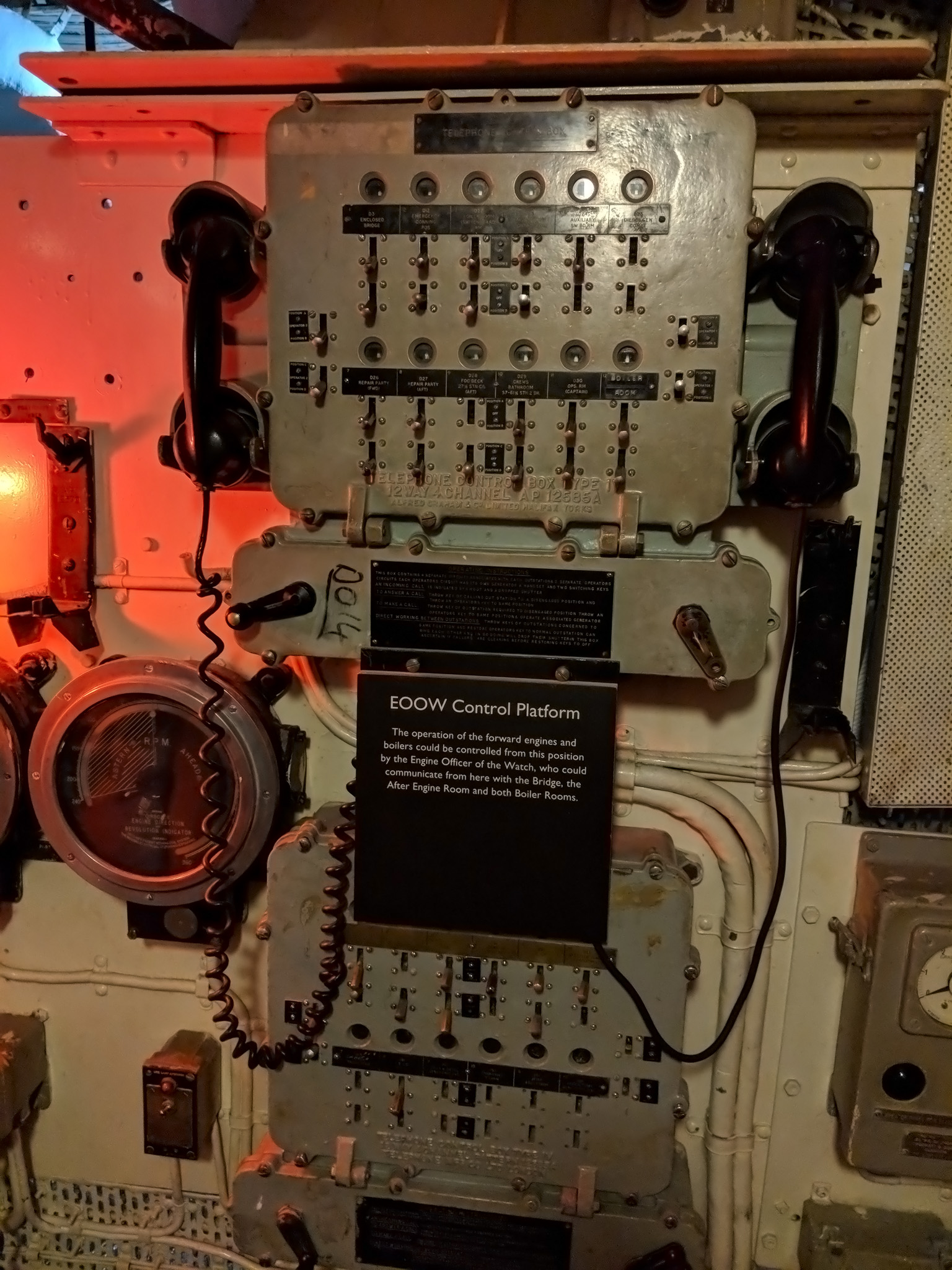
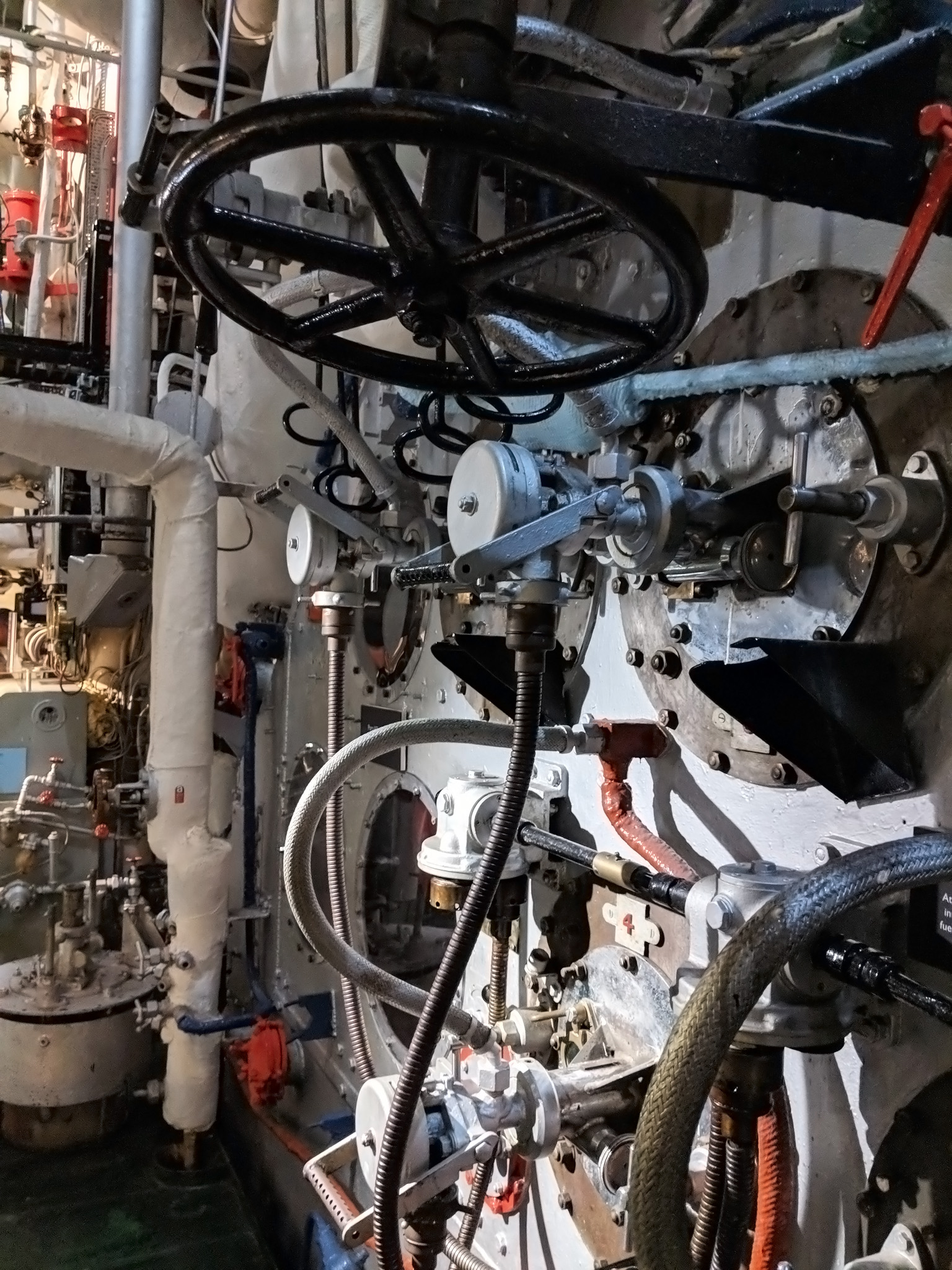
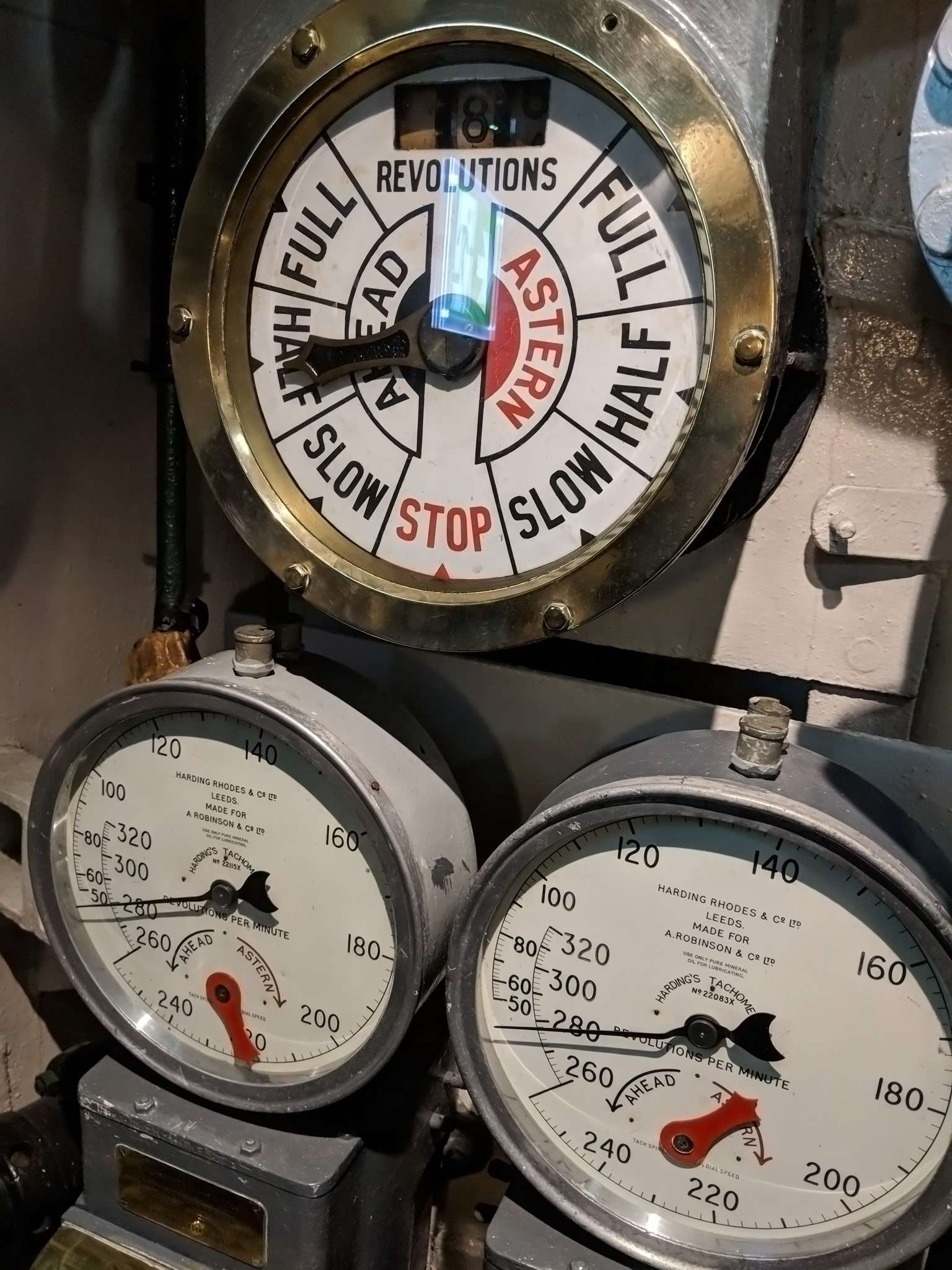
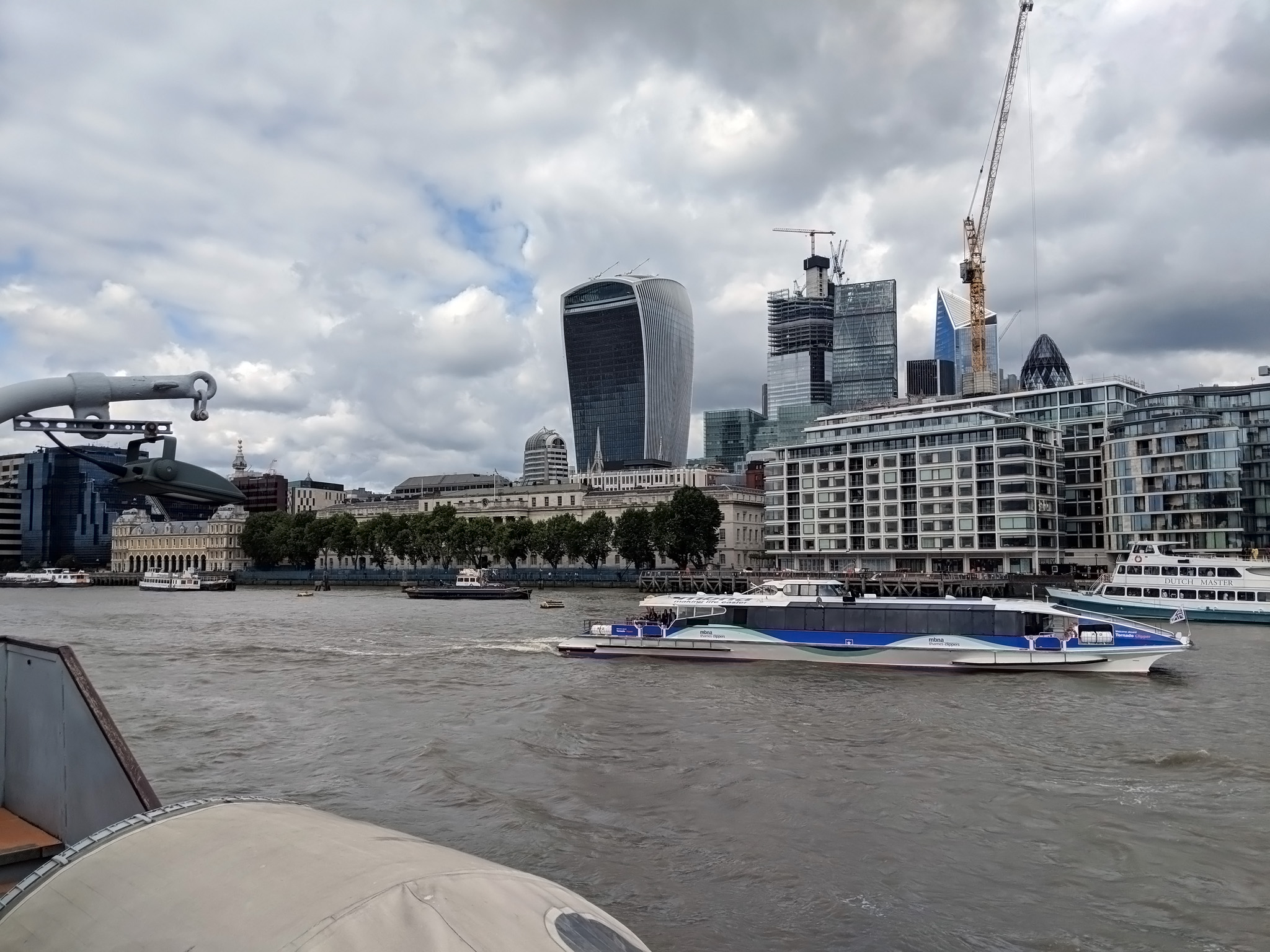
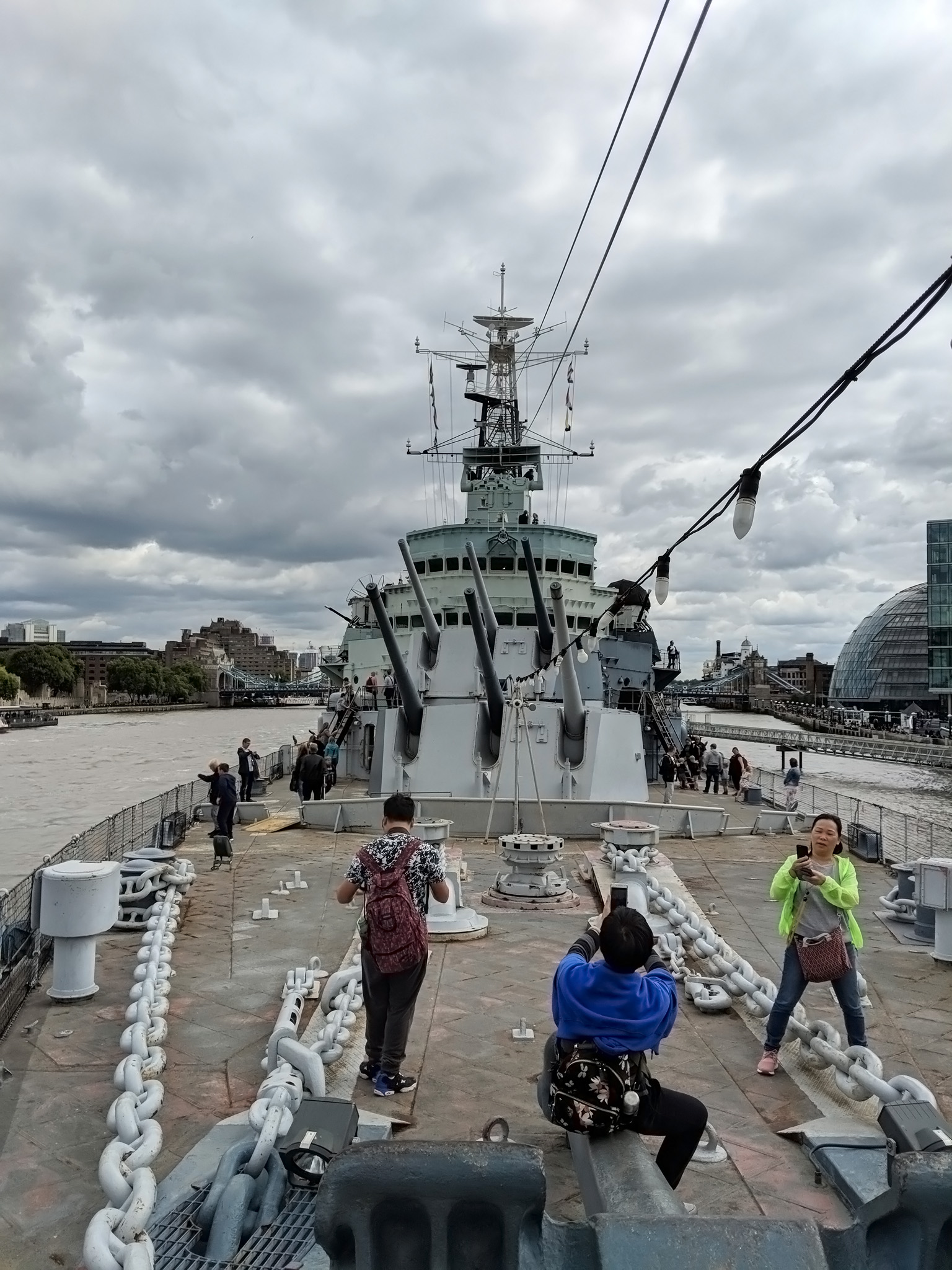
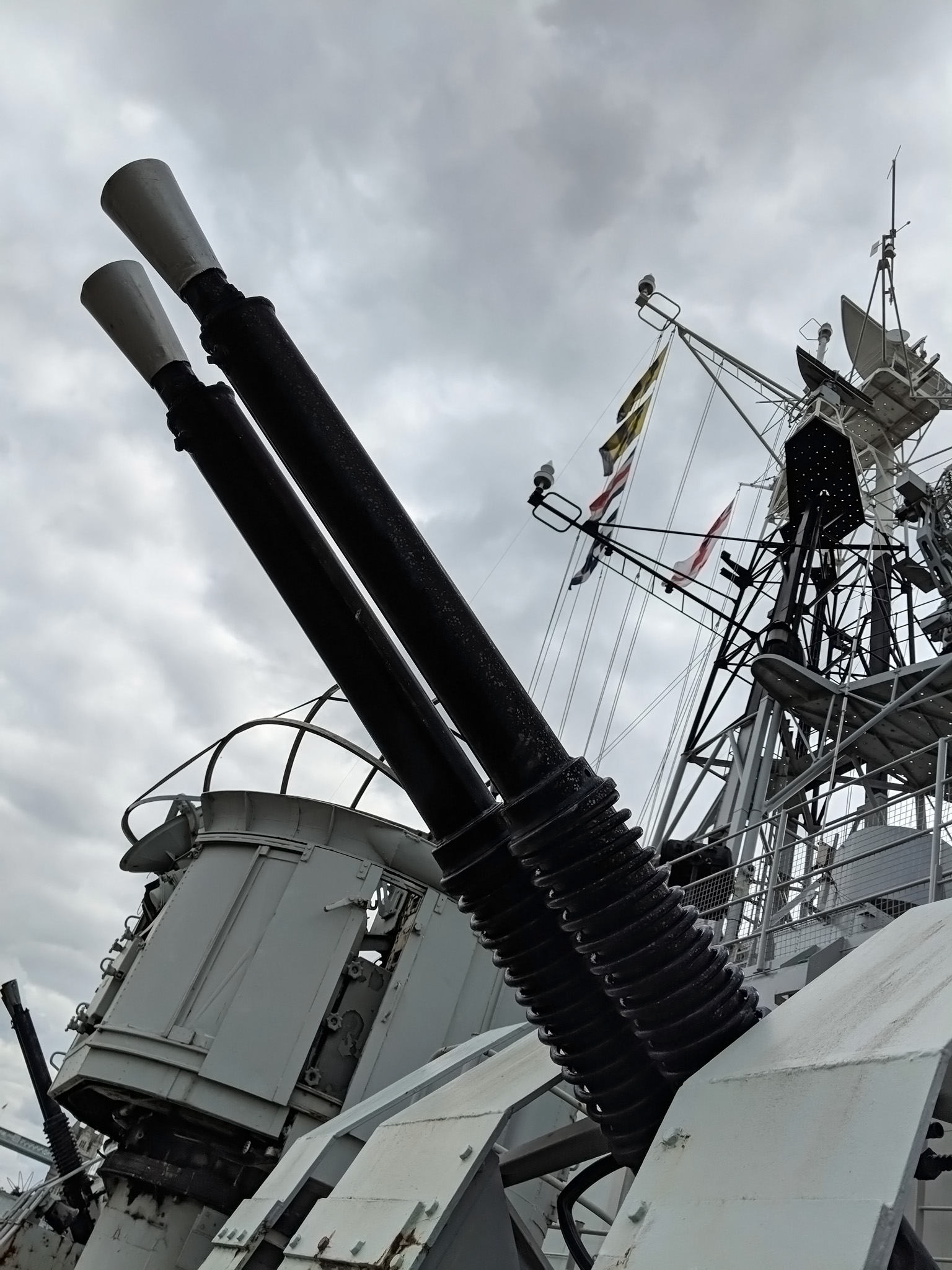
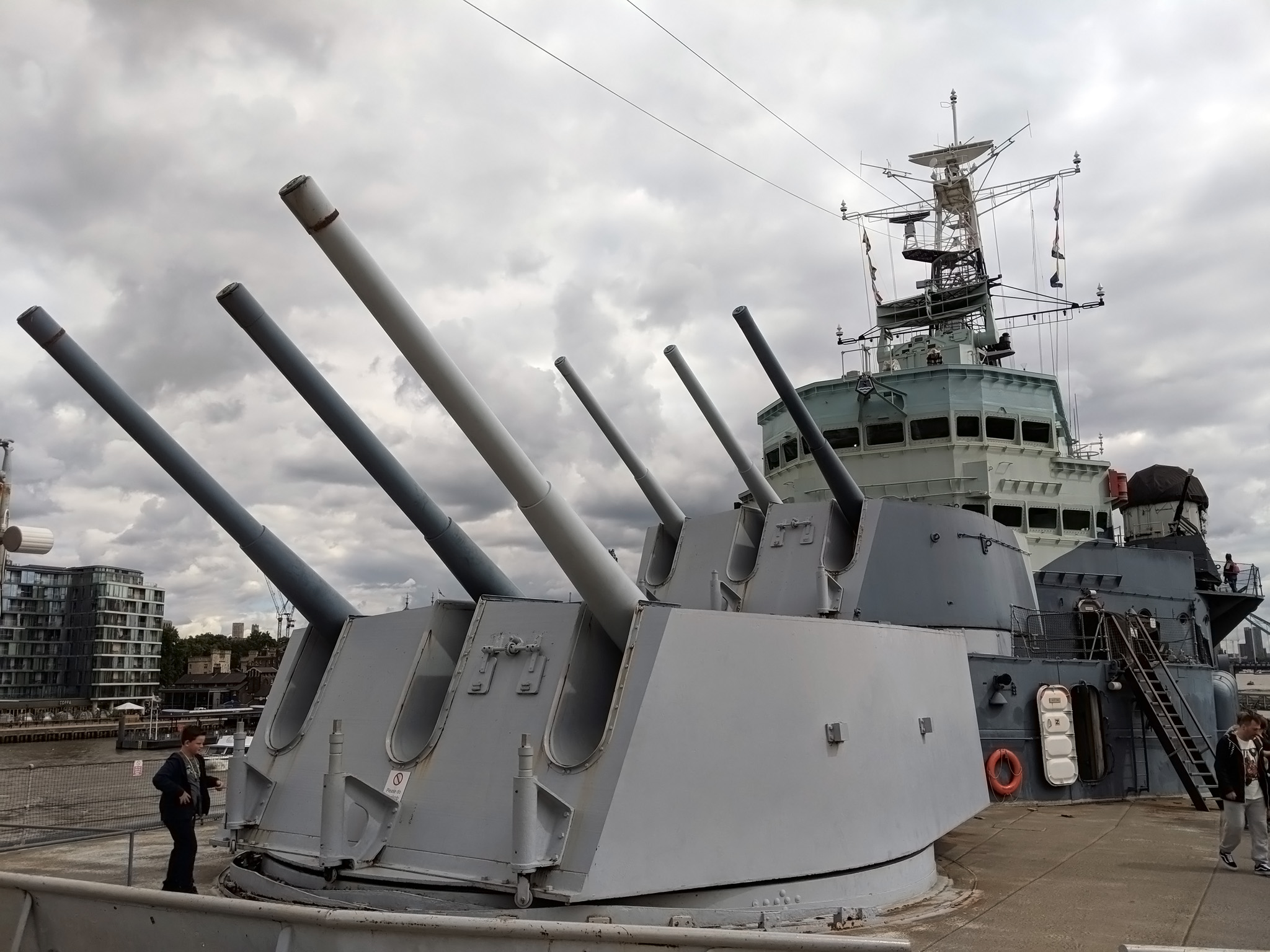
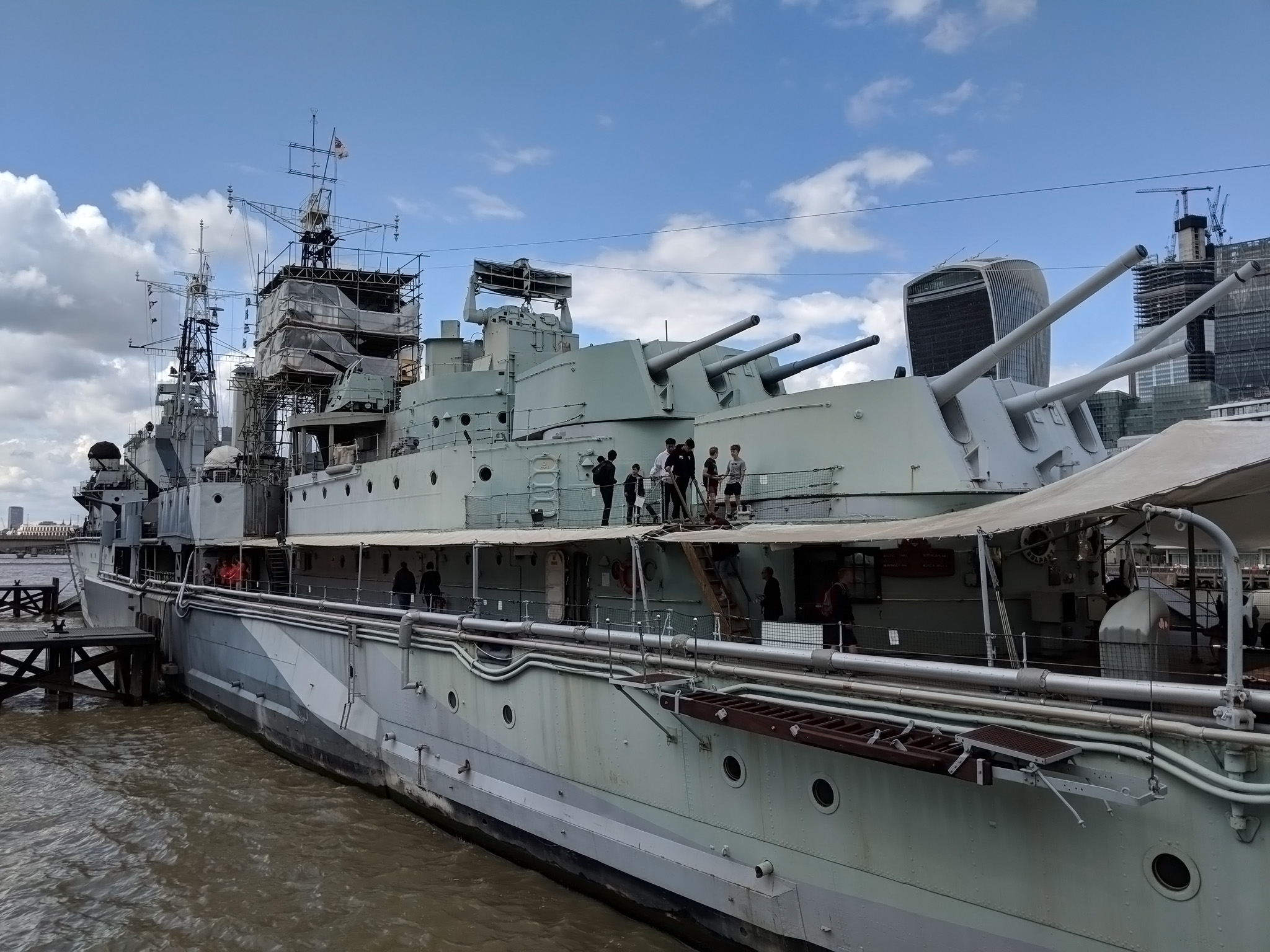
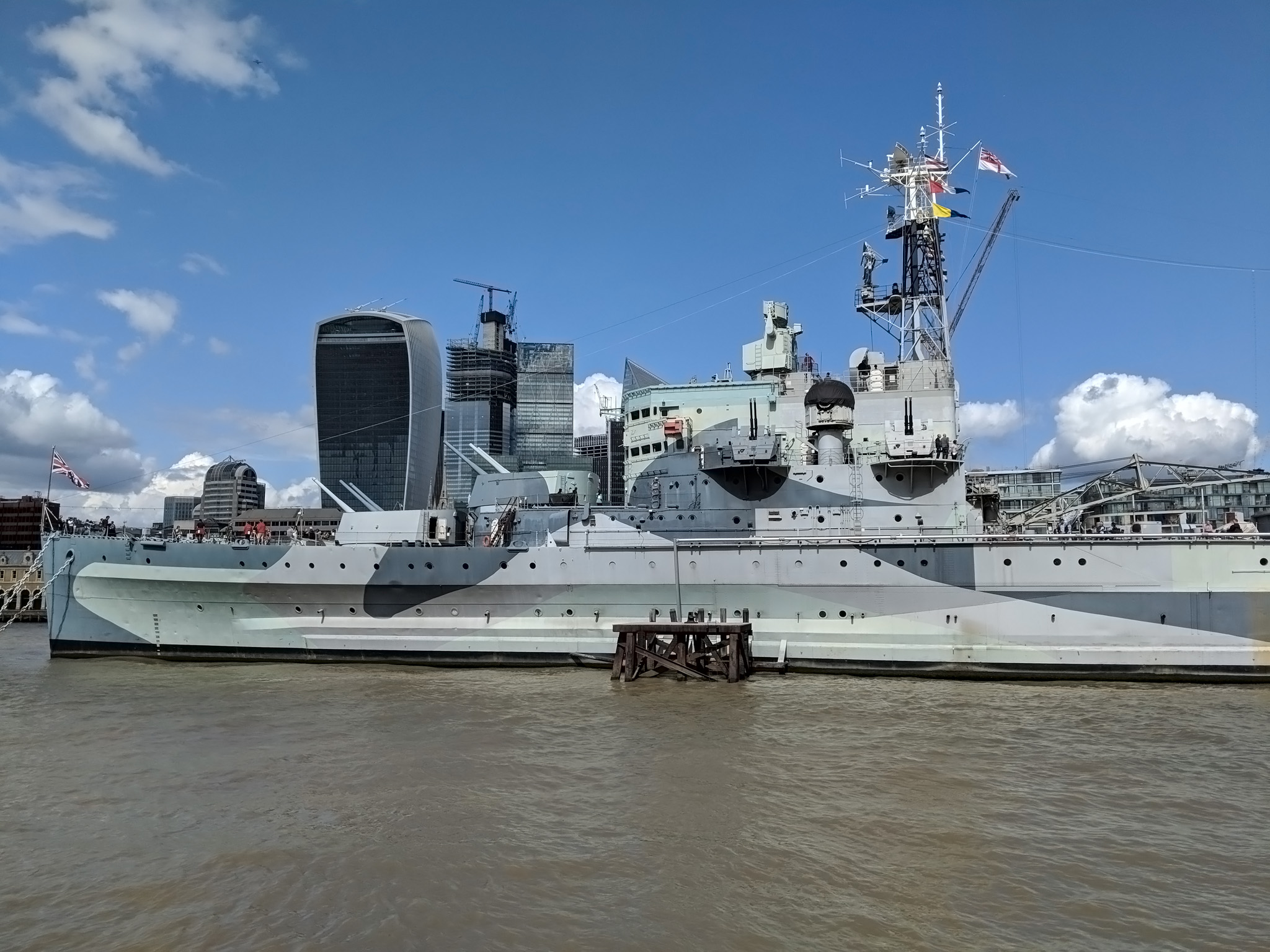
Got to love those 2-for-1 offers! Looks like a really interesting day out.